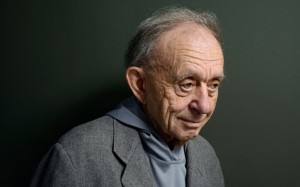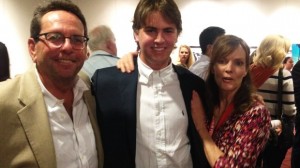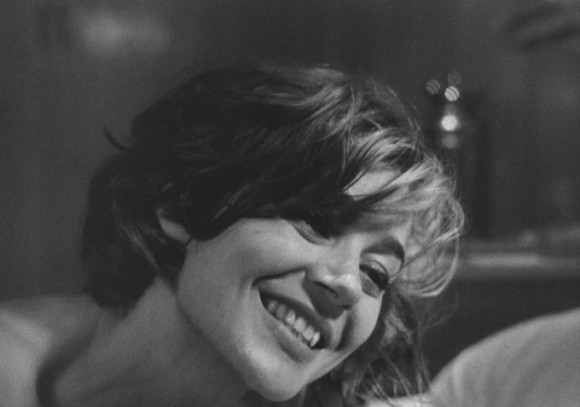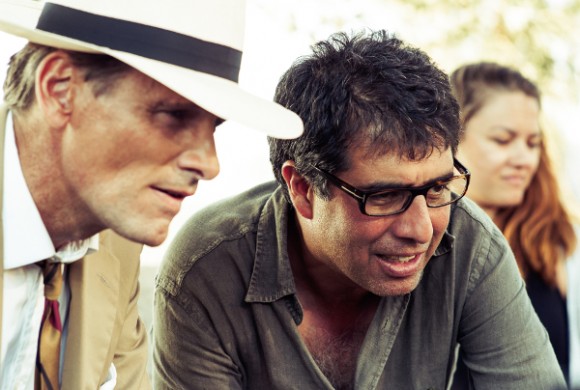A animated classic, Paul Grimault’s THE KING AND THE MOCKINGBIRD, written by Grimault and legendary poet and screenwriter Jacques Prévert, has been restored and after many decades finally getting a theatrical release in the United States. Based on a Hans Christian Andersen story, this wildly satirical film follows a chimney sweep and shepherdess on the run from a tyrannical king. A masterpiece of traditional hand-drawn cell animation, THE KING AND THE MOCKINGBIRD is credited by celebrated Japanese animators Hayao Miyazaki and Isao Takahata as inspiring the creation of their own studio, the now world-famous Studio Ghibli. Its influence can also be felt in such films as Brad Bird’s The Iron Giant.
Read Ben Kenigsberg’s recent New York Times review of the restoration:
The French animated film “The King and the Mockingbird” has been more influential than known or seeable, at least in the United States. The movie is belatedly opening here in a subtitled restoration, with special dubbed showings for children.
Released in France in the 1950s in a version that the animator Paul Grimault called “an impostor” and completed, after an overhaul, in 1979, “The King and the Mockingbird” is commonly cited as an influence on Studio Ghibli, from Japan. Yet in its humor, its fairy tale origins and the characters’ rounded features, it plays more like a vintage Disney work, only nimbler and freer.
Adapting a Hans Christian Andersen story, Mr. Grimault wrote the screenplay with Jacques Prévert (“Children of Paradise”). The film takes place in Tachycardia, where King Charles XVI — the numbers are tallied aloud whenever his name is spoken — is an avid if inept hunter. That hunting makes him a nemesis of the hero, a showman of a mockingbird.
With its muted rose and yellows, the angular animation is classical but inventive, even surreal. Tachycardia collapses periods, combining an ostensibly medieval setting with a futurist streak. When the king rides a rocket-shaped elevator to his secret apartment on the 296th floor, you could easily see it as a gag on “The Jetsons.” A giant automaton with spotlight eyes seems the source of the key design in “The Iron Giant.”
Still, a catalog of the movie’s pleasures barely does justice to this lost-and-found delight.







